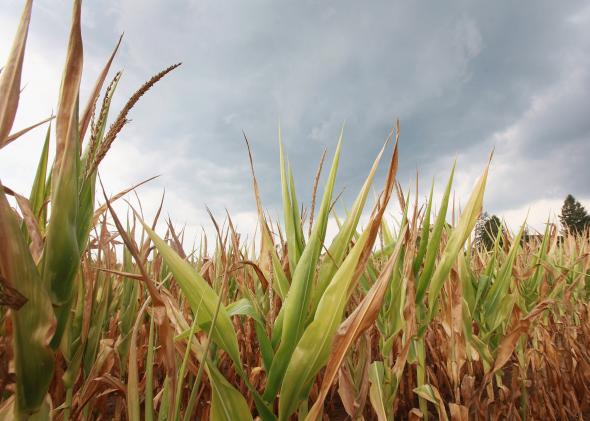Late last month, the Associated Press reported nonironically that the 2015 release of the Old Farmer’s Almanac is “forecasting” another exceptionally cold winter. (Yes, Old Farmer’s Almanac and Farmers’ Almanac are separate and rival publications. Note the apostrophe placement.)
That AP story has been shared more than 100,000 times on the Huffington Post alone. Associated Press coverage of this year’s dueling Almanac forecasts got picked up all across the country, especially by cold-weather newspapers like the Minneapolis Star Tribune, the Kansas City Star, and the Detroit Free Press.
At this rate, maybe the Onion’s publisher should think about launching a weather vertical, too.
For those of you still suffering polar vortex PTSD, fret not. The National Weather Service, which uses something called science for its seasonal outlooks is, if anything, forecasting a normal-to-warmish winter. Anyone claiming day-to-day weather accuracy more than 10 days in the future is probably also using their daily horoscope for major life decisions. (Which, btw, the website of the Old Farmer’s Almanac also helpfully provides, including advice on optimizing your chickens’ egg production by the moon’s sign.)
But don’t just take it from me. Daily weather forecasts nearly a year in advance are simply not possible, according to meteorologist Jason Samenow, who leads the Washington Post’s Capital Weather Gang. An NPR analysis earlier this year found that the historical accuracy of both Almanacs (they differ little in skill) is about as good as a certain Pennsylvanian groundhog—correct less than half of the time. That means you’d have more luck betting against either Almanac than trusting one. In fact, Farmers’ Almanac’s call for an “oppressive” summer 2014 was “laughably wrong,” according to Samenow.
Now, I realize that most people consider information from the dueling Almanacs as purely entertainment. But the Almanacs take themselves pretty seriously. And it’s not just weather they’re forecasting: The annual issues also frequently anticipate fashion, food, and technology trends for the coming year.
Who are these weather wizards, and why are they so popular?
The Old Farmer’s Almanac, which uses a “secret formula” developed in 1792, claims an 80 percent accuracy rate, but that is almost surely misleading. Independent verifications of its forecasts by actual meteorologists over the years showed skill that was “laughable at best and abysmal at worst” with accuracy about as good as a coin toss.
The Almanac’s centuries old secret formula is a black box—no, it literally is: all you’ve ever wanted to know about the Almanac’s weather forecasting methodology is right there in a black tin box in the publication’s head offices in Dublin, New Hampshire, though I doubt they’d let you see it.
As with Atlanta’s mysterious unmelting snow earlier this year, the Face on Mars, the belief that vaccines cause autism, and that oldie but goodie, the evidence that shape-shifting reptilians are actually running the U.S. government, pseudoscience is pervasive in America. Some theories are dangerous, some are just annoying. All of them work to distort people’s trust in real science - you know, like the fact that fossil fuel burning is making the world warmer.
Perhaps I shouldn’t be surprised that pseudoscientific weather forecasting is also flourishing more than 200 years later after the Old Farmer’s Almanac began. Heck, pretty much anyone with an IP address can be a celebrity forecaster these days.
